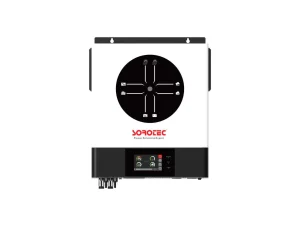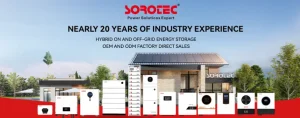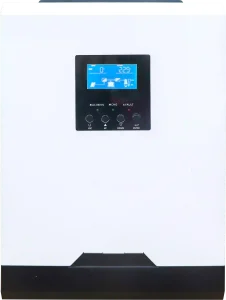Photovoltaic (PV) and solar thermal systems both use sunlight, but they work in different ways. PV makes electricity, while thermal makes heat. They’re both cool for getting clean energy, but which one’s better for you? This guide compares how they work, their output, and what they’re best for. SOROTEC makes awesome PV inverters to help you get the most from solar power. Let’s check out the differences to help you pick the right one.
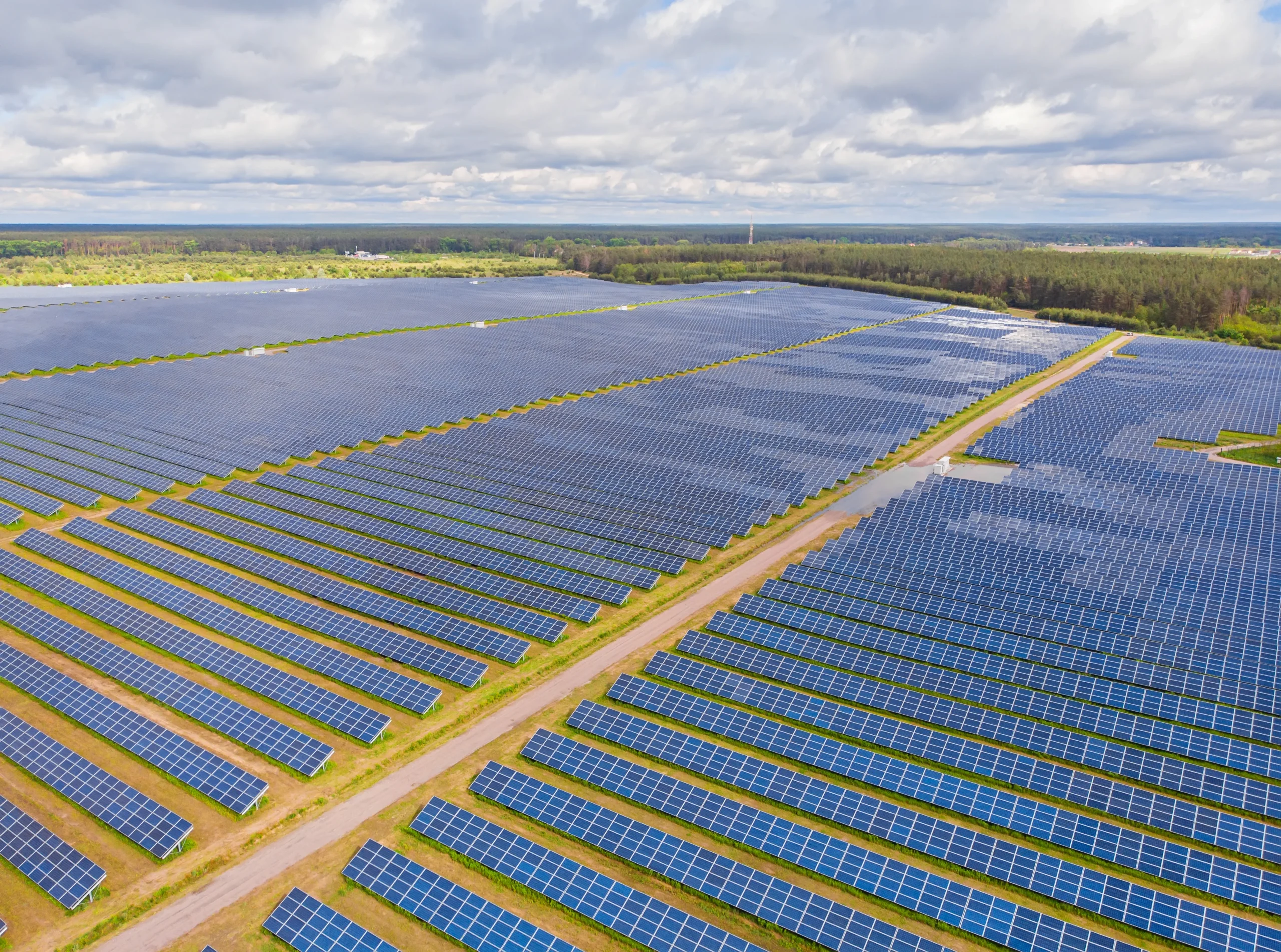
What Are the Core Differences Between Photovoltaic and Thermal Solar Technologies?
How Do Photovoltaic (PV) Systems Convert Sunlight Into Electricity?
PV systems turn sunlight straight into electricity. They use special materials, like silicon, that make power when sunlight hits them. This power is DC, and an inverter changes it to AC for your home or the grid. PV setups are easy to grow or shrink. You can put them on roofs, warehouses, or big fields as a photovoltaic plant. They’re simple, cheap now, and work great with batteries.
How Do Solar Thermal Systems Capture and Use Solar Energy?
Solar thermal systems use mirrors or collectors to grab sunlight and make heat. This heat can warm things directly, like for factories, or make steam to spin turbines for electricity. These systems need bright, direct sunlight to work well. They’re trickier to build and best for big projects in sunny places.
What Are the Key Technological and Operational Differences?
PV makes electricity directly. Thermal makes heat first. PV systems have no moving parts, so they’re easy to care for and super reliable. Thermal systems use pipes, pumps, and turbines, which need more upkeep. PV setups are flexible because you can add panels easily. They’re great for small or big projects. Thermal systems are tougher to change and need more space.
Which Technology Delivers More Consistent Energy Output?
How Do Efficiency Metrics Compare Between PV and Thermal Systems?
Solar thermal systems can turn sunlight into heat really well—sometimes over 40% efficient in perfect conditions. But they lose some heat when storing or moving it. PV panels are usually 15–22% efficient at turning sunlight into electricity. They’re simpler, lose less energy, and work in more places. SOROTEC’s photovoltaic inverters are top-notch, making PV even better compared to other brands.
How Does Each System Perform Under Different Weather Conditions?
PV systems work okay even when it’s cloudy or shady. They make power in most places, which is awesome. Solar thermal systems need strong, direct sunlight. Cloudy days or dust in the air make them less effective. So, PV is better for places with lots of clouds or changing weather.
Is Seasonal Variability a Concern for Either Technology?
Both systems make less power when the sun’s weaker, like in winter. But PV systems are easier to pair with batteries. You can store extra power when electricity is cheap and use it when prices are high. This helps keep power steady all year. Thermal systems can store heat, but it’s trickier and not as common.
Can These Systems Scale Efficiently Across Different Project Sizes?
Why Is Modular Design a Key Advantage of PV Plants?
PV systems are super easy to grow. You can start with a few panels on your roof and add more later. This works for homes or huge photovoltaic plants. SOROTEC’s inverters help PV systems work for new things, like charging electric cars.
What Constraints Limit Thermal Systems From Scaling Easily?
Thermal systems need big, sunny land and water for cooling. This makes them harder to build in some places. Adding more thermal power means lots of extra work and planning. PV is simpler—just add more panels and SOROTEC inverters.
How Easily Can Each Technology Integrate With Storage Solutions?
PV systems hook up easily with batteries because they make DC power. This lets you store energy for later, which is great for balancing power or helping the grid. Thermal systems store heat in special tanks, but that’s not as easy or common as PV battery setups.
Which System Offers Better Economic Returns Over Time?
What Are the Upfront Costs Versus Long-Term Gains?
Thermal systems cost more to start because they need fancy mirrors, turbines, and long build times. PV systems are cheaper and quicker to set up. SOROTEC’s great design keeps PV costs low. You can save money faster with PV, especially with grid payments or energy-saving plans.
How Do Maintenance Demands Compare Between Technologies?
PV systems need little care. You just clean the panels and check the inverter sometimes. SOROTEC’s inverters are tough and easy to maintain. Thermal systems have pumps, valves, and boilers that need regular checks, which costs more time and money.
Which System Offers Better Grid Integration Potential?
PV systems use smart SOROTEC inverters. These help control power, balance the grid, and let you check performance online. Thermal systems need extra gear to do this, which can be pricey and hard to add.
How Do These Technologies Compare From an Environmental Perspective?
What Is the Carbon Footprint During Manufacturing And Operation?
Making PV panels creates some pollution from silicon work. But they pay back this “carbon debt” in 1–2 years of clean power. Many places have rules to make PV cleaner. Thermal systems might use fossil fuels when sunlight is low, which adds more pollution unless they’re carefully mixed with other energy.
Does Either System Consume Significant Water Resources?
PV systems use hardly any water, just a bit for cleaning panels if they’re dusty. Thermal systems need lots of water for steam and cooling. This makes them tough to use in dry places where water is scarce.
Which System Uses Land More Efficiently?
PV panels can go on roofs or building sides, so they don’t need extra land. This can even raise your property value. Thermal systems need big, open spaces with no shade, which limits where you can put them.
Which Applications Are Best Suited For Each Technology Type?
When Should You Choose Between Residential Rooftops And Utility-Scale Fields?
PV is awesome for homes or small businesses. It’s quick to set up and saves money fast. SOROTEC’s Hybrid Solar Inverter 8KW works great for homes or off-grid spots. Big projects also pick PV because it’s easier to get permits than thermal systems, which need lots of checks.
Is Solar Thermal Better For Industrial Heat Than Power Generation Needs?
Yup! Thermal systems are great for factories needing hot water or steam, like for food or chemical work. But for making electricity all day, PV with SOROTEC inverters is better. It works with batteries to keep power steady.
What Solutions Does SOROTEC Offer To Optimize Your Photovoltaic Plant Investment?
SOROTEC makes brilliant inverters for PV systems. Their Hybrid Solar Inverter 8KW is perfect for homes or tough off-grid jobs. It works with the grid or on its own, giving you flexibility. SOROTEC’s inverters are smart and watch your system to make sure it runs great, saving you money.
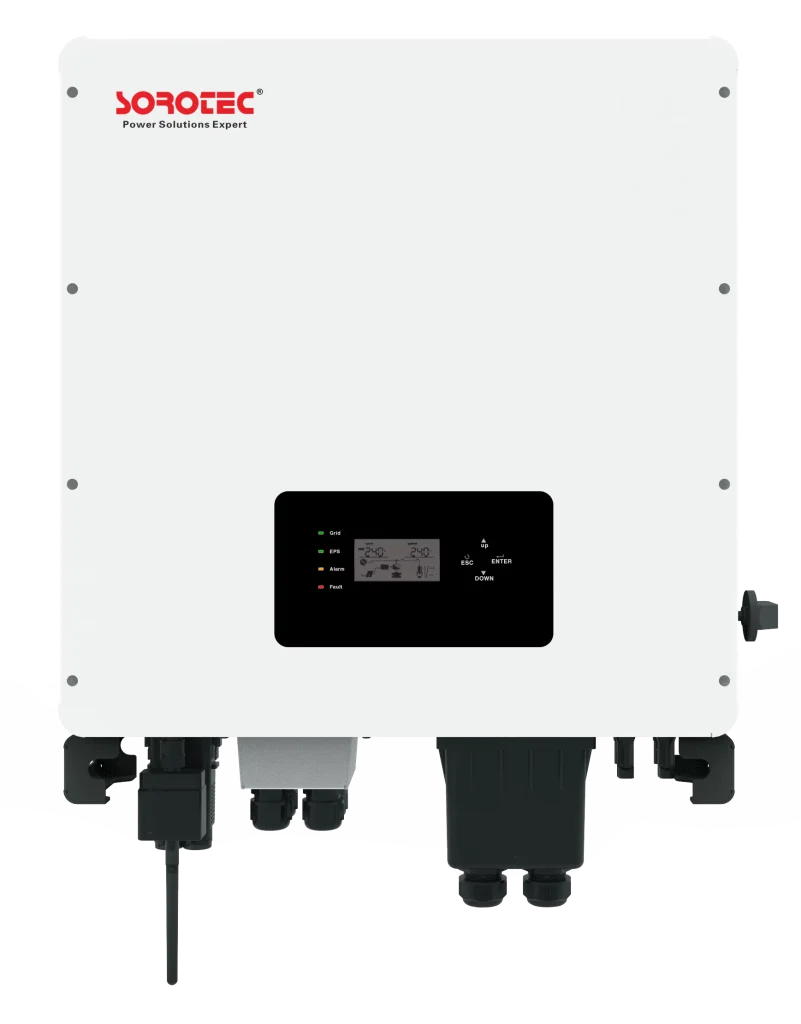
How Can You Maximize Performance Using SOROTEC Solutions?
Picking a good inverter is as important as good panels. SOROTEC’s inverters work with small or big systems. They balance power from panels and batteries, so you use every bit of energy. Their apps let you check how your system’s doing, so you can fix problems fast.
Extra Tips for Using SOROTEC Inverters
- Match your inverter to your panel size for best results.
- Use SOROTEC’s app to watch power use daily.
- Check connections to avoid power loss.
- Ask SOROTECfor help setting up big systems.
- Keep inverters in a cool, dry spot to last longer.
FAQ
Q1. Is it possible to combine both PV and solar thermal technologies?
A: You bet! You can mix them, but it’s tricky to build and maintain because they work differently—one makes electricity, the other heat.
Q2. What’s better suited for urban environments—a photovoltaic plant or thermal?
A: PV is better for cities. You can put panels on roofs without needing big spaces. Thermal needs lots of open land, which is hard to find in cities.
Q3. Can I store excess energy from my PV system without feeding it into the grid?
A: Totally! Pair your PV system with batteries to store extra power. SOROTEC’s inverters help you save energy for when you need it most.


